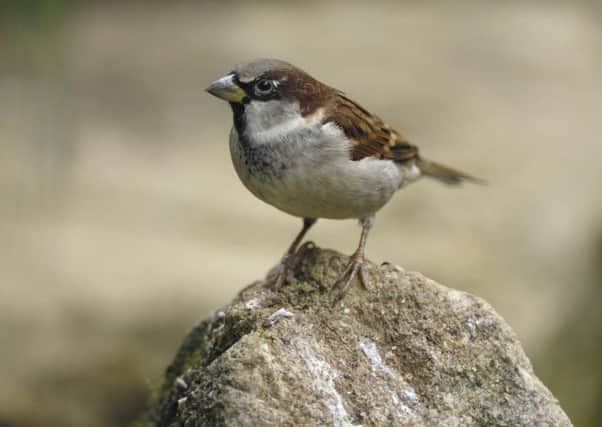Most commonly seen bird in Hastings and Rother was once thought of as an omen of death


But how many people know the house sparrow was once feared in Sussex and Kent as a harbinger of death according to bird folklore?
Advertisement
Hide AdAdvertisement
Hide AdIn European folklore, a sparrow flying into the home is seen as a sign of impending death. One variation of this superstition, recorded in Sussex and Kent, had it that the person who catches one must kill it or else his parents will die. Other variations include one that the catcher must kill it or else he will be the one who dies.
Sailors would often get a sparrow tattoo in the hope that one would catch their soul if they died at sea.
Elsewhere in the world though the sparrow is seen in a more positive light.
In Indonesian superstition, a sparrow flying into your home denotes good luck. It can also mean a wedding will happen soon, and if a lady sees one on Valentine’s Day, she will find happiness marrying a poor man.
Advertisement
Hide AdAdvertisement
Hide AdIn Greek mythology the sparrow was a sacred bird to Aphrodite, the goddess of love, and symbolised true love and a spiritual connection.
In literature Chaucer and Shakespeare both use sparrows to denote lecherous or promiscuous behaviour.
In the Big Bird Watch, house sparrows showed a 8.4% increase across East Sussex gardens this year, keeping them at the top of the charts for the county.
UK house sparrow numbers, reported by participants since the Big Garden Birdwatch began, have fallen by 56%, but in recent years, national numbers have slowly started to rise again, giving conservationists hope that at least a partial recovery may be happening.
See also: New Big Wheel for Sussex seaside town